As requested by user @Wei on my Mamianqun article, here’s a little summary of all the most popular hanfu skirt (qun or 裙) types and what the difference between them is! I’m not going to go into as much detail as the previous article since my goal is to go through them all quickly and teach you the differences between them, but I’ll be including some brief details on their name, history, construction, and features so that you can better understand the huge variety of skirts in hanfu.
Let’s start off with some basics rules hanfu skirts tend to follow. Skirts are made up of one or two pieces of fabric, usually, and they take the shape of a flat piece of pleated or non pleated cloth that gets wrapped around the body and tied in place by ribbons/ties. There are very few exceptions to this, except in hanyuansu, which is modified hanfu for convenience and style. The waistband of the skirt is usually 6-8cm wide and made with a different piece of fabric than the body of the skirt, which the body of the skirt is then attached to—this is referred to as the skirt head (裙頭). But even with all of these rules, there is a HUGE variety of hanfu skirts throughout the dynasties!
ZHEQUN (褶裙)
The classic pleated skirt is undoubtedly the one that you’ve heard of the most. This skirt consists of straight knife pleats (順摺) going from the skirt head down to either half or full length of the skirt, with pleats usually ranging from 2-4cm wide, and are often made with thin chiffon with one solid layer or two layers, one solid white underlayer and one sheer outer layer. This is the most basic kind of skirt that you’ll get, and it’s the kind that most people start out with—unisex, easy to put on, and very intuitive.
There isn’t much else to say about this one, honestly. The history’s a bit blurry since they’ve been popular since forever, and it’s a very versatile style that comes up in hanyuansu. I don’t doubt that you’ve all seen this one and are probably already pretty familiar with it and don’t need me to flood you with pictures, so let’s move on to the other ones.
POQUN (破裙)
Technically the po, 破, in poqun is a word that means broken. So why are we wearing broken skirts? Well, that’s not what that word always meant. You see, in this context, a po is a piece of fabric cut into a long trapezoid-like shape. A poqun is made of an even number of these pieces of fabric, usually 4-12 but going up to as much as 32, sewn together lengthwise to create a skirt that is wider on the bottom than the top. When worn, this creates a sort of A-line, circle skirt effect, with loose folding around the edges—it’s known to a lot of enthusiasts as the most slimming style of skirt out there.
Like I said before, each of these pieces of fabric is a long trapezoid. Each piece is called a po, or 破, and they come in pairs. A poqun with three pairs would be a six-po skirt or 六破裙, four pairs would be an eight-po skirt, etc. Typically they say the more po the more slimming it looks! When you lay the skirt out, it doesn’t lay flat, but if you hang it spread out from the waistband it’ll naturally fall into even waves because of its trapezoidal shape. Poqun can be made solid and out of one kind of fabric like the other skirts, but the unique thing about it is that because of its pieced-together construction, it’s really common for poqun to be striped, alternating colors every po.
This style of skirt was probably most popular all the way from the Wei and Jin dynasties to the Tang Dynasty. It would’ve been the main form of skirt earlier on, when skirts first began to show up instead of full-body robes, while it became popular to wear striped poqun in chest-high styles in the Tang Dynasty, so they’ve been dominating the skirt industry for quite a while! Once the Song Dynasty rolled around, though, lots of other skirts became more popular and this flowy, unstructured shape started dying out.
SANJIANQUN (三襉裙)
Did I say that poqun started dying out in the Song Dynasty? Well, I didn’t mean immediately! One example of how the poqun evolved over time is the 四破三襉裙, often shortened as the sanjianqun. As you might be able to guess from the logic above, since this is a 四破 or four-po skirt, it’s made up of four long trapezoidal pieces of fabric sewed together along the edges, making it wider at the bottom than it is at the top.
The part of this skirt that makes it different from the earlier poqun is the three inverted box kick pleats (工字摺) between the po of the skirt, one in the front center and two on either side, creating a unique silhouette with three pleated slits—sometimes a contrasting fabric is used for the inside of each slit for an added layering effect, other times it’s the same fabric.
This skirt is a favorite of hanyuansu enthusiasts, as it looks really similar to a modern skirt with a less flashy silhouette—it doesn’t end up being much of a poofy skirt, draping mostly straight down on the hips, and is easy to modernize. The only thing that I would note is that this skirt is notorious for showing even a little bit of a belly, as a lot of Song Dynasty skirts tend to do, but if you don’t mind then this is a great choice for a daily outfit!
XUANQUN (旋裙)
If the Tang Dynasty favored a beautiful full figure like the bright round moon that became the muse of so many poets, the Song Dynasty was known for a preference for willowy elegance, long and thin like bamboo. This was absolutely reflected in their clothing choices as well!
One of the simplest skirts of the lot is called the xuanqun, roughly translating to wrapped skirt, also known as the 兩片裙 or two-piece skirt. It’s made of two pieces of fabric, hence the second name, and wraps more closely to the body than any of the other skirt types. This skirt is unique for having no pleats, instead being constructed out of two flat rectangular pieces of fabric overlapped with each other and connected at the skirt head. The two pieces of fabric can be the same color or contrasting patterns.
Xuanqun can be split into the narrow and wide versions. Narrow versions will be made up of less fabric, and so when wrapped around the body will hug the hips and legs more tightly, resembling a long pencil skirt or straight skirt—essentially a cylindrical shape. Wider versions have more fabric and are a little looser on the body, allowing for more free leg movement. Narrow versions are also known for being unfriendly to the curvier of us because of its tighter silhouette, since the fabric can be uncomfortable on the hips if your waist is a lot smaller, but sizing the skirt right should take care of most of your problems!
MAMIANQUN(馬面裙)
I’m lazy and this article is already too long so I’m going to just link you to this article right here. For those of you who want a quick overview, mamianqun are made of two pieces of fabric with a flat skirt door on each end but pleated in the middle, overlapped to form two visible flat parts at the front and back, and a pleated part and the sides when worn. They’re very convenient for riding horses and other things requiring you to move your legs around, and were popular from the Song dynasty all the way to the Ming dynasty. Again, for more detail you can skim the article I linked—it goes into a lot of depth!
MANZHEQUN(滿摺裙)
Let’s meet the much lesser known cousin of the mamianqun: the manzhequn, or full-pleat skirt! Also a popular Ming-dynasty style, despite there being artifacts in this silhouette it’s hard to find many shops that make this kind of skirt, as it’s much lesser known than the mamianqun, but it offers the same mobility as the mamianqun without the flat skirt doors.
From the outside, when worn, the manzhequn looks a lot like your typical zhequn, pleated skirt, with wider pleats than usual, usually around 3-5cm. But like the mamianqun, the manzhequn is actually made of two different pieces of fabric, overlapped at the sides when worn. The difference is that while the mamianqun’s two pieces of fabric have a flat part called the skirt door at each end, with 工字摺 in the middle, the two pieces of fabric of a manzhequn are pleated all the way through with straight knife pleats all facing the same direction.
When sewn together, this creates a skirt that looks pleated all the way around but can still be spread from side to side because the two pieces of fabric are only connected at the top, not the bottom. Consequently this skirt has a full, rich look unbroken by skirt doors, but it can be less convenient than mamianqun since its folds are easy to displace and harder to organize when sitting down. Still, if you’d like to switch up your Ming dynasty outfits, consider getting one of these instead!
BAIDIEQUN(百迭裙)
I’m not sure why there are so many Song Dynasty skirts, but this is the last of them—the baidiequn, or hundred-change skirt. They’re characterized by very narrow pleats of 1-2cm, usually made of softer and thinner fabrics to allow this. Made of one piece of fabric, these narrow pleats fill the center of the fabric while each end of the fabric has a smooth unpleated section called a 光面 or smooth face, which overlap each other when the skirt is worn—the result is a similar look to the mamianqun, but with only one visible smooth face. This face can be worn in the front, the back, or even the sides—there’s no official place for it, it’s all up to you. Baidiequn can be split into three categories: the full baidiequn, the encircling baidiequn, and the high-low baidiequn.
The full baidiequn is the most commonly seen kind, usually worn alone. It’s a full-length skirt, pretty intuitive: just wrap it around your body so that the smooth faces overlap, and turn the smooth face to the front, back or side. Because of the thin pleats, baidiequn usually stay closer to your body than the usual zhequn.
The encircling baidiequn, or the hewei baidiequn, 合圍 baidiequn, is an overskirt usually worn on top of another skirt or a pair of pants. It’s shorter than a full skirt, usually reaching down to mid-calf, and can be wrapped around the body on top of an underlayer with a similar or contrasting color. These types of skirts can be sheer or solid since they don’t have to worry about your legs showing through. They’re less common than the full baidiequn, but there are a number of merchants that still sell these.
Last is the high-low baidiequn, or the 前短後長 baidiequn, which I unfortunately didn't get a picture of (above is another hewei baidiequn). Very rare these days, these types of skirts always have their smooth faces worn in the front, because the smooth faces are cut shorter than the rest of the pleated skirt, creating a T-shape when laid out. When worn, the smooth face in front will be significantly shorter, while the pleated sides and back will still be floor-length.
A NOTE: QIXIONG, QIYAO, HEZIQUN(齊胸,齊腰,訶子裙)
But wait, some people may say, what about the chest-high and waist-high skirts? Aren’t those two different kinds of skirts? Why isn’t there a category for that? Well, I’ve got some news for you—chest-high and waist-high skirts aren’t different kinds of skirts at all!
Chest-high and waist-high are two different methods of wearing skirts, not different kinds of skirts. The only difference is that sometimes people prefer to make their chest high skirts a little longer so they still touch the floor when worn over the bust—and of course typically men didn’t wear skirts this way. Wearing the skirt at the chest was really popular in the Tang dynasty for women, for example, but the chest-high skirt wasn’t some new invention of a different skirt pattern, most were either pleated zhequn or striped poqun tied at the chest, just… longer.
Designers may take into account whether the skirt will be worn at the chest or waist when designing so that they know what a full set will look like or what kind of top to use in the set, and the sizing chart for skirt length might also vary based on whether it’s supposed to be worn at the chest or at the waist, but in concept there is zero difference between chest-high and waist-high skirts! It’s just a matter of how you choose to wear your skirts. In fact, if you feel like you want a shorter skirt that won’t drag on the ground sometimes, but also like the floor-length look for other occasions, you can absolutely just pull a waist-length skirt up to your chest and wear it like that.
Same deal with heziqun—essentially what it is is a skirt with an exceptionally wide skirt head, wide enough for it to basically cover your torso. The skirt part of the heziqun can take on multiple forms, usually a poqun or zhequn since we only see these in the Tang dynasty, not to mention that since there are no surviving artifact of heziqun it can only technically be counted as hanyuansu.
You won’t be misappropriating history or even modifying it at all—this is exactly what people did. Then again, a lot of designers have taken steps to modify skirts that they mean for you to wear at your chest to make them easier to hold up—straps, for example, would prevent you from wearing something as a waist-high if it was originally a chest-high skirt. But more often than not the straps are removable! Just make sure you know the difference between a type of skirt and a way of wearing a skirt.
More about hanfu skirts:
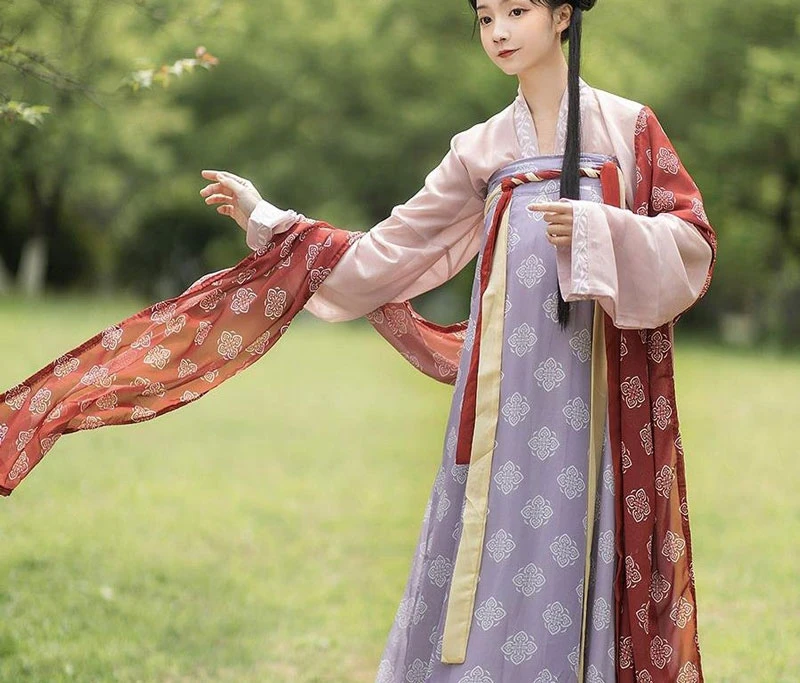
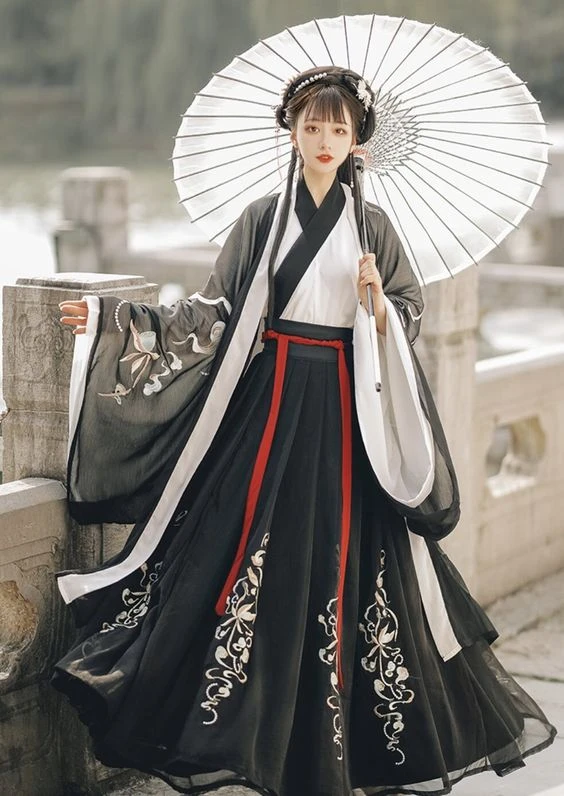

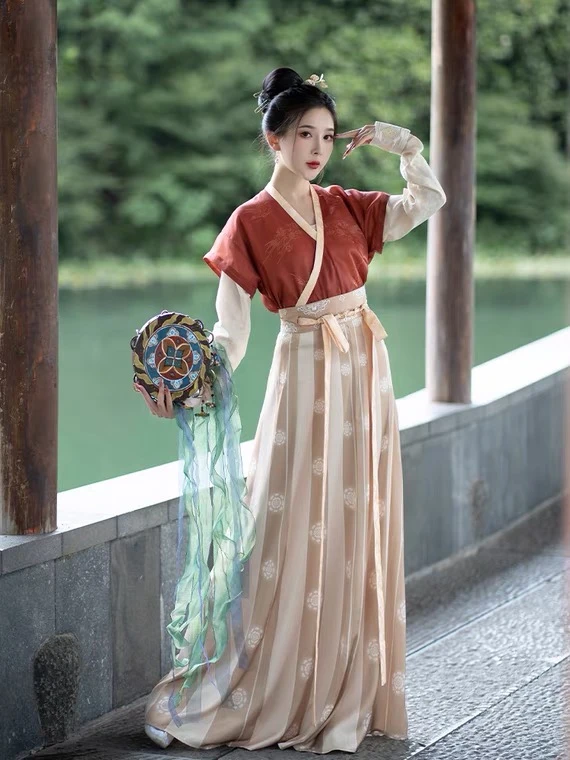
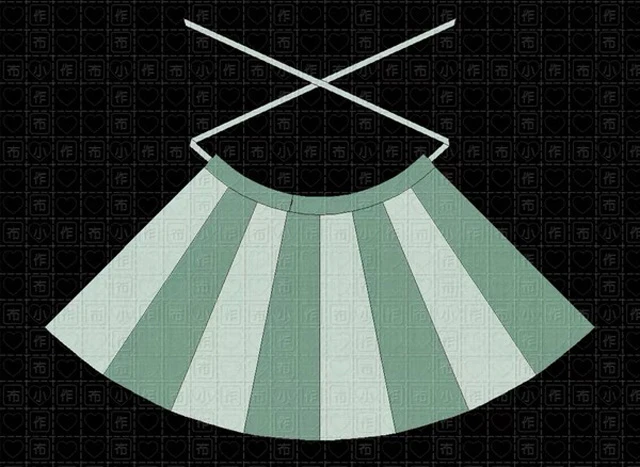
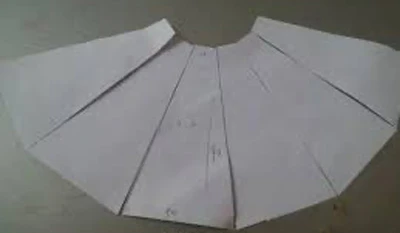
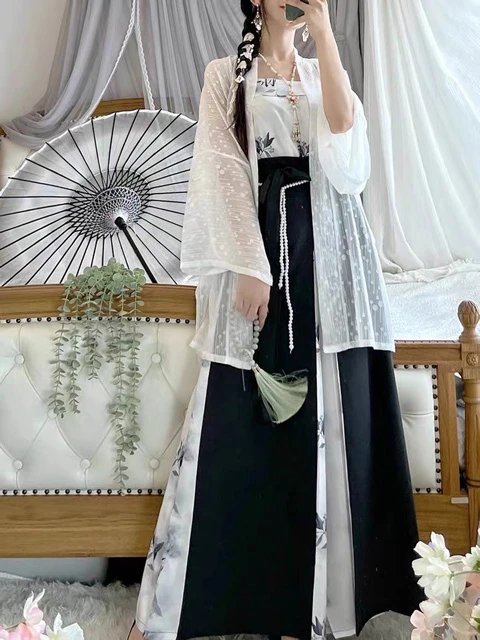
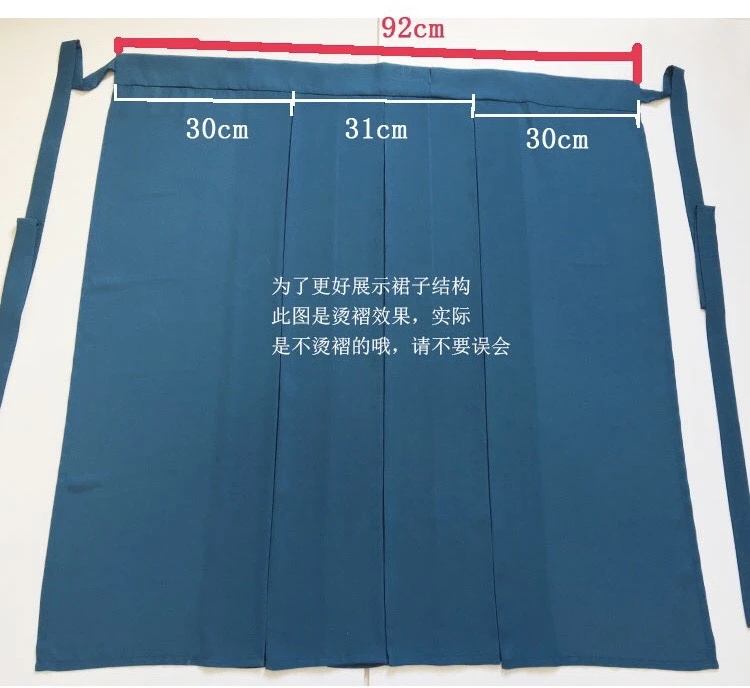
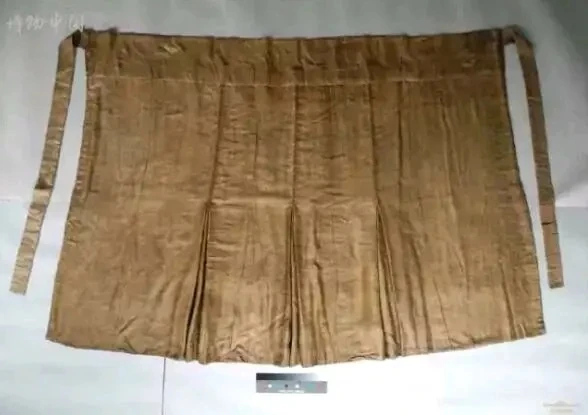
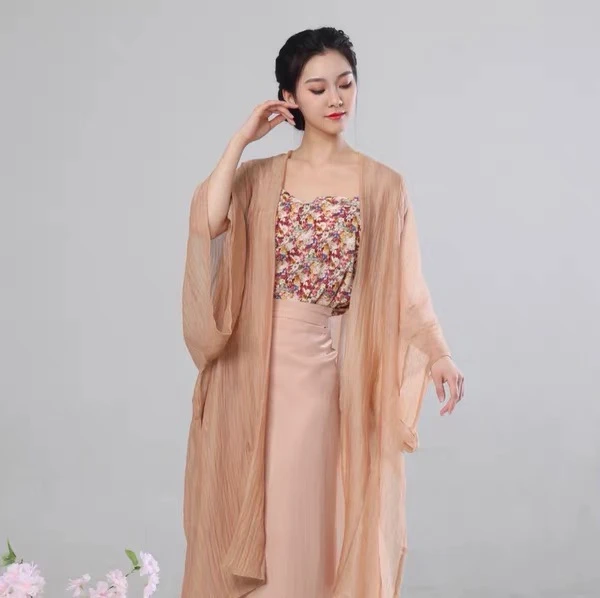
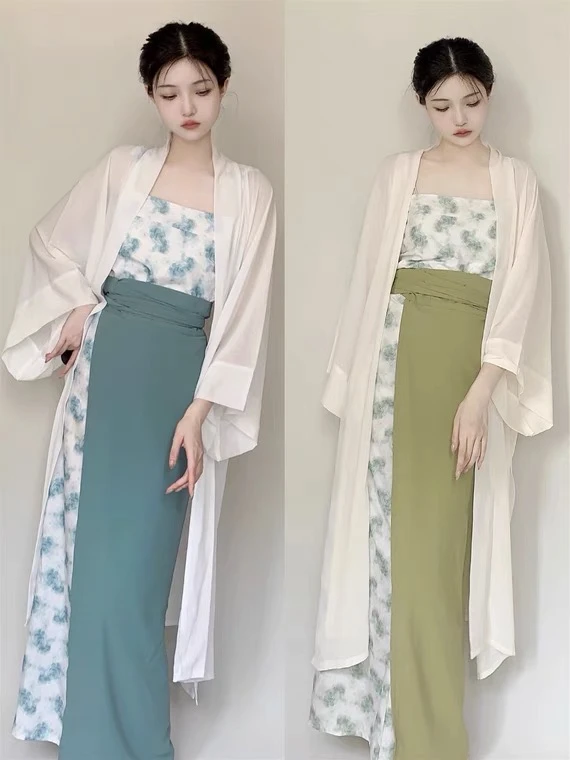
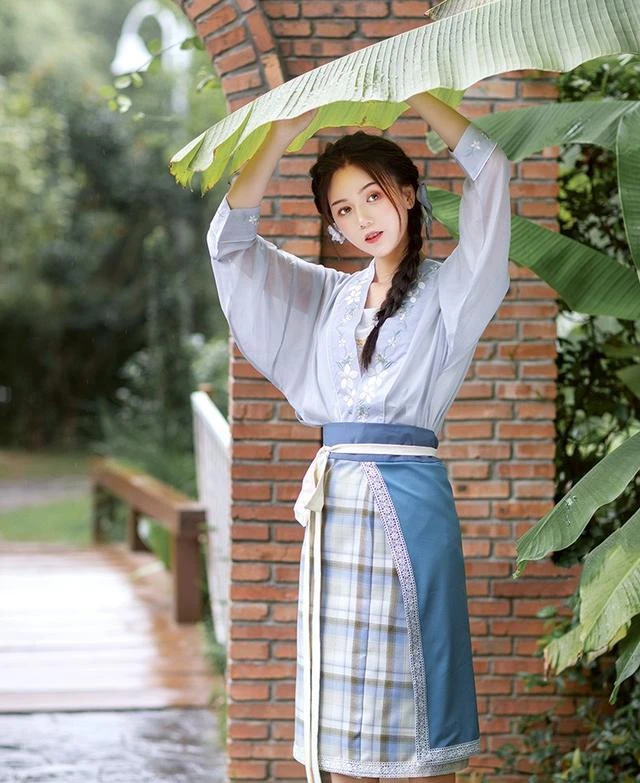
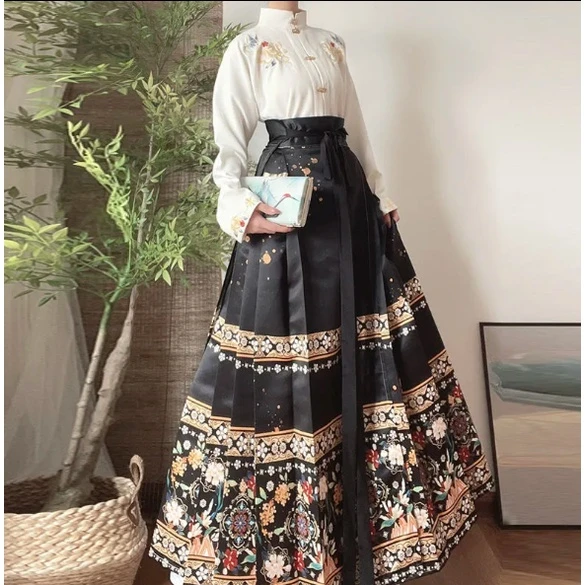
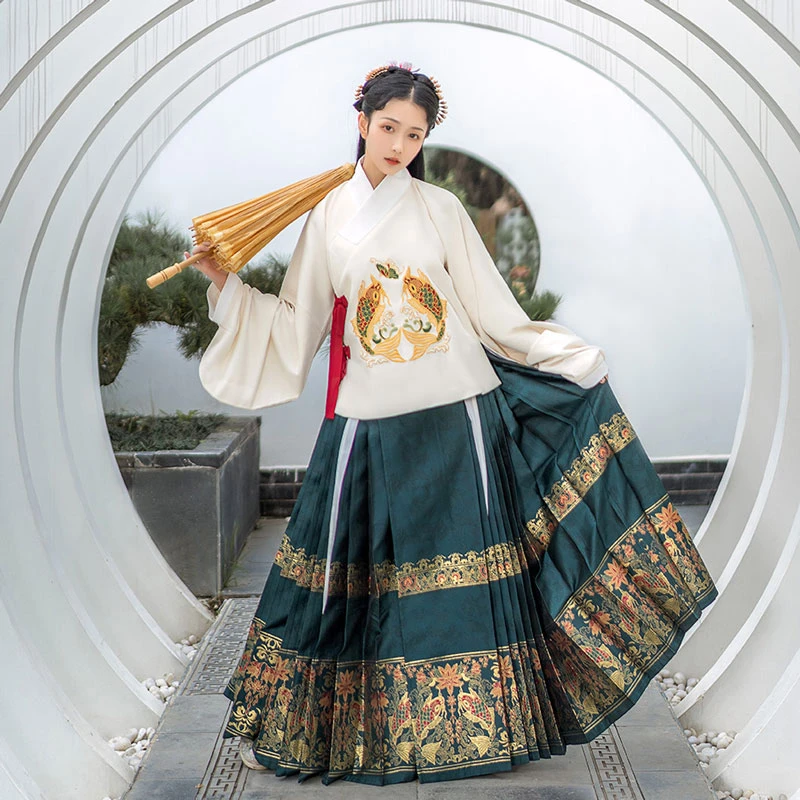
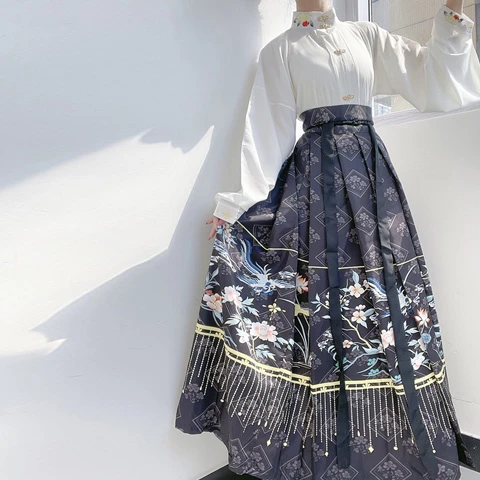
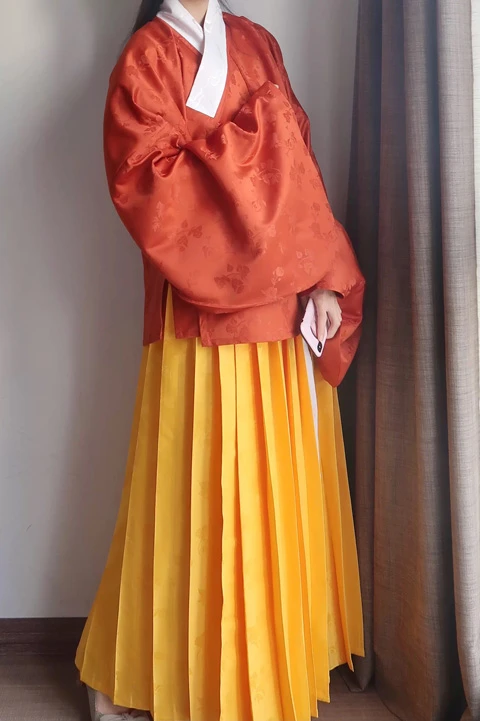
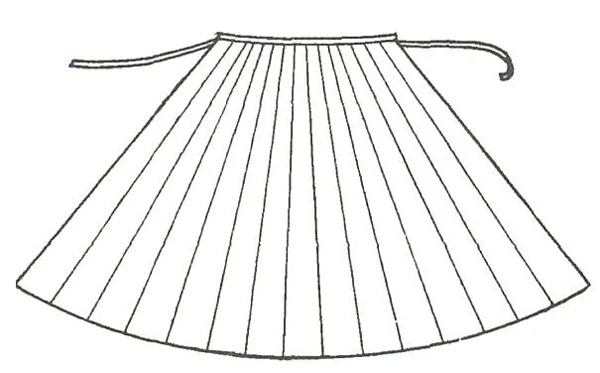

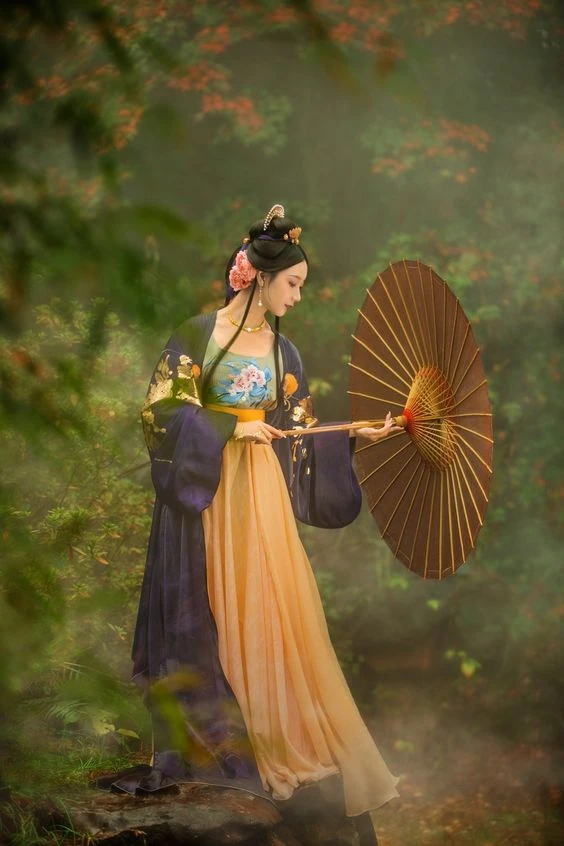
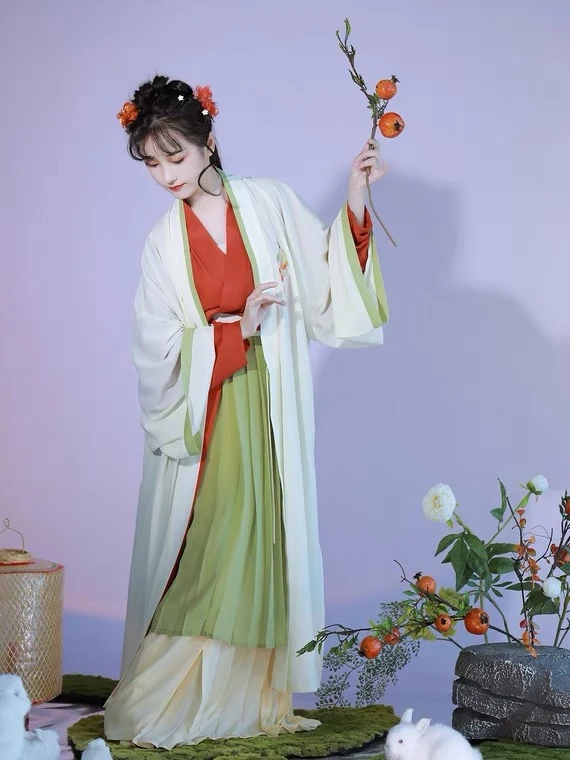
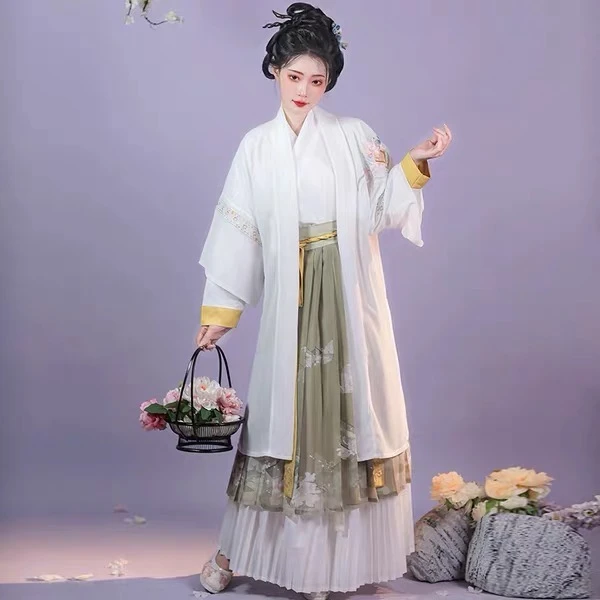
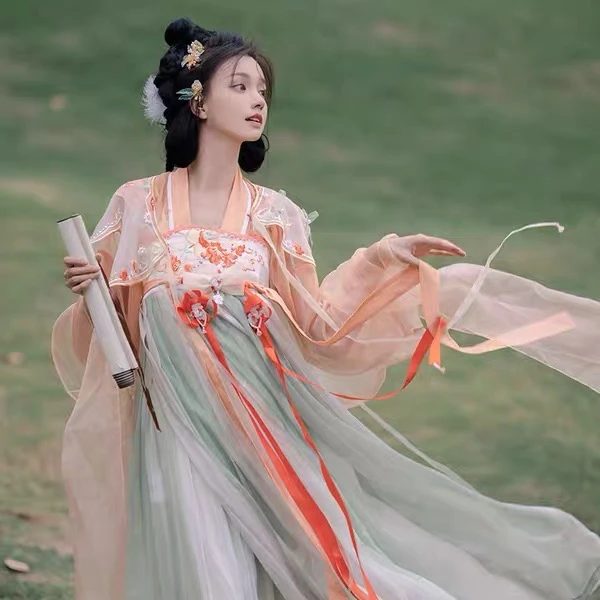
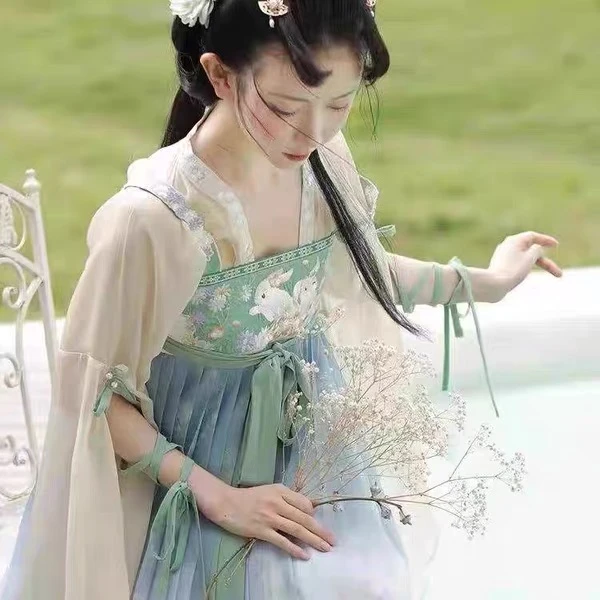
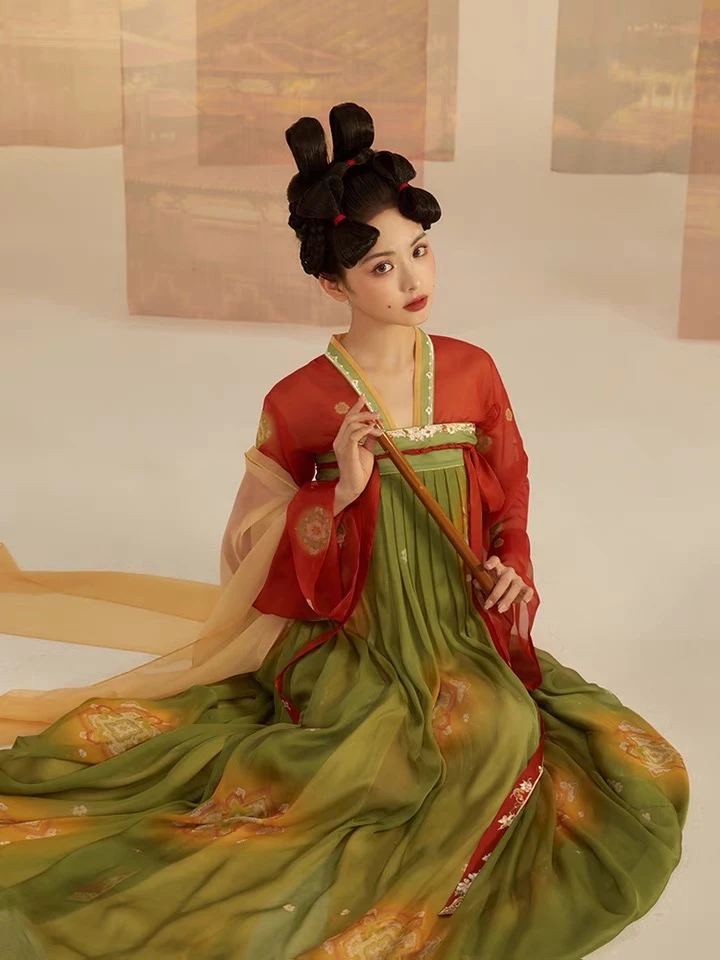

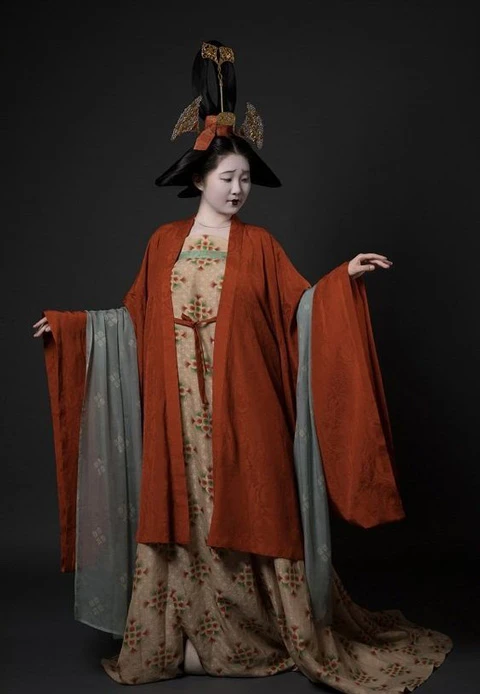

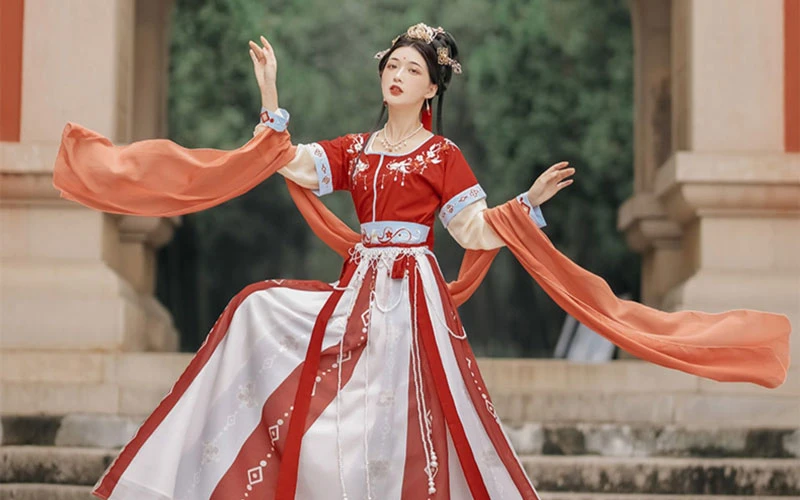
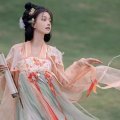

Merci pour ce merveilleux article 😍 Il y a beaucoup a apprendre sur le Hanfu. Je vais continuer ma lecture 😊
So many qun at a time!!!
these articles are so useful omg like this is THE crash course to hanfu 😭❤❤❤
Ini sangat membantu pemula dalam memakai hanfu
Terimakasih artikelnya
I keep coming back to this article, it's so helpful QwQ thank you so much!
Glad I learn about the Manzhequn. I like to make less known styles and Mamnian souded quite troublesome ^^
Thanks to redsugarx!!! This is definitely the most detailed introduction to hanfu skirts I've read so far. It's really not easy to remember all these skirt types! And, the last part is my favorite because I've been always treating qixiong, qiyao, heziqun as separate hanfu skirt styles. Thanks!!!😊😊